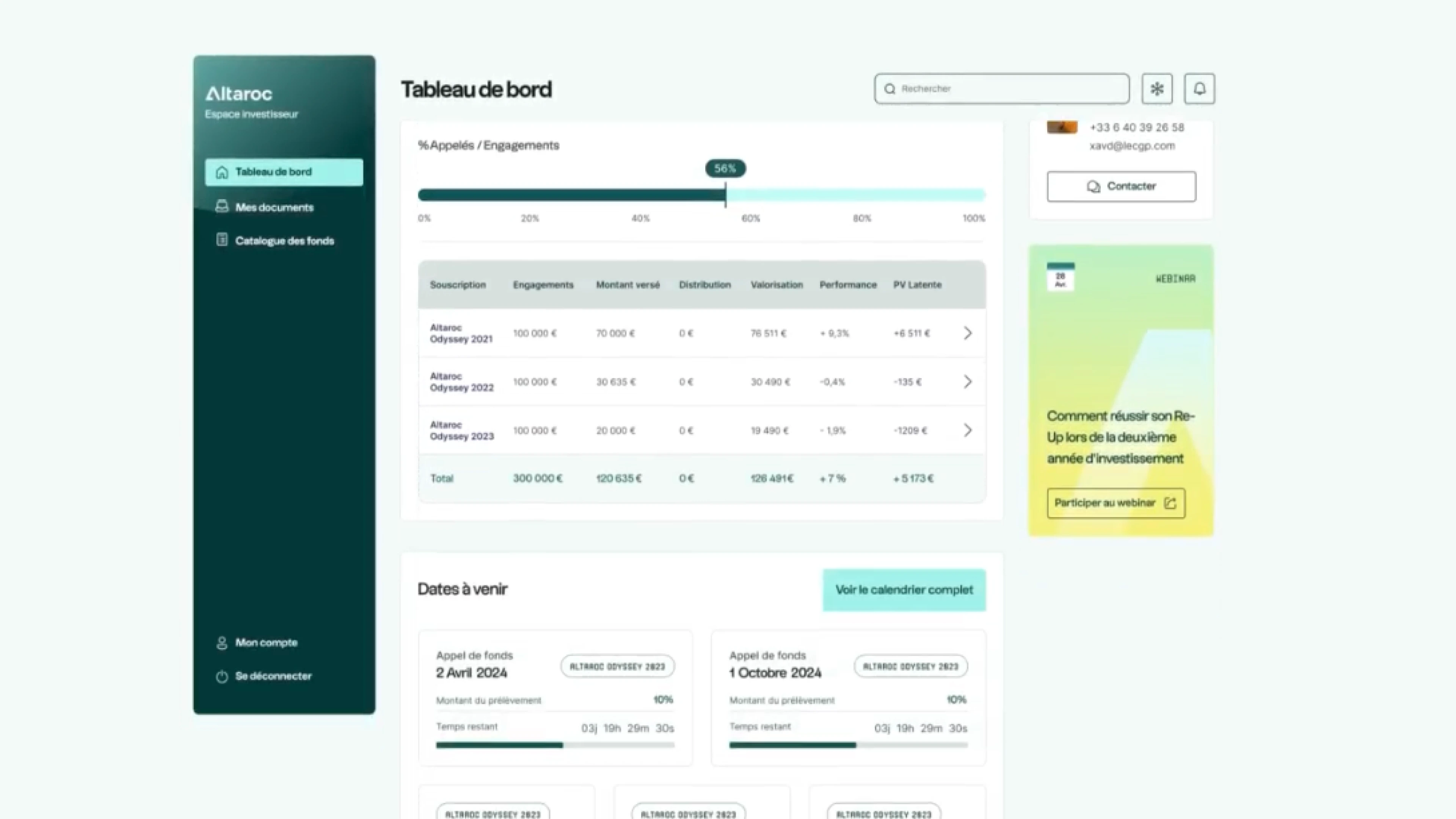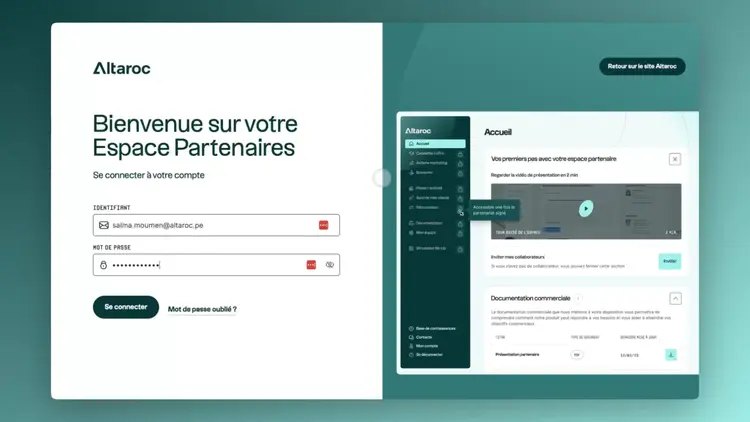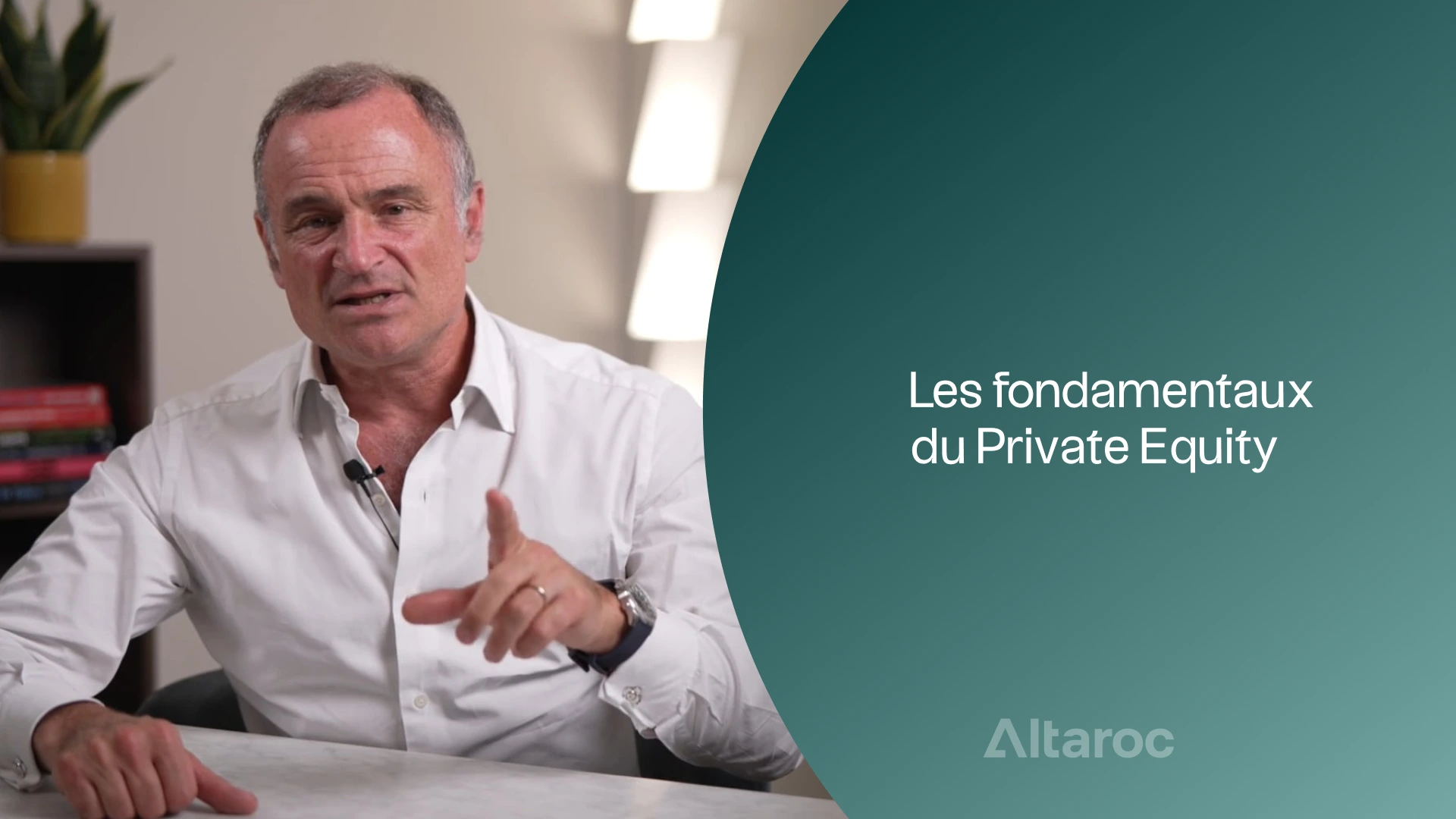Co-investment enables institutional or qualified investors to participate directly in private equity transactions, alongside professional funds, without incurring the management and performance fees usually associated with these vehicles. This investment model offers access to exclusive opportunities, while strengthening thealignment of interests between stakeholders.
What is co-investment?
Co-investment consists of investing directly in a target company, in conjunction with a private equity fund, without going through the traditional fund structure. The investor benefits from :
- privileged access to selected transactions,
- thefund manager's expertise,
- an optimized net return with no additional costs.
Why do private equity funds offer co-investments?
Fund managers use co-investment for several strategic reasons:
- Spread risk over several investors,
- Increased investment capacity without excessive dilution of the main fund,
- Greater appeal to sophisticated investors.
This partnership offers a mutually beneficial model for both funds and co-investors.
How a co-investment works
The co-investment process is part of a structured, managed approach:
1. Opportunity identification
The lead fund identifies a target company, often as part of an LBO or capital-intensive development.
2. Invitation to co-investors
A selection of investors is invited to participate directly in the operation.
3. Due diligence and structuring
Investors benefit from the fund's in-depth analysis. A specific structure is put in place to oversee their participation.
4. Capital commitment
Signature of a co-investment agreement, followed by capital payment.
5. Monitoring and reporting
The fund actively manages the company and provides regular, transparent reporting to co-investors.
6. Output and distribution
Exit is generally between 4 and 7 years, with a proportional distribution of capital gains.
Advantages of co-investment
Co-investment is a distinctive asset diversification strategy:
Cost optimization
- No management fees (typically 1.5-2%/year for traditional funds)
- No carried interest (generally 20% of capital gains)
- Significantly improved net yield
Access to exclusive operations
Investors benefit from rigorous sourcing by private equity professionals, often on transactions inaccessible to the general public.
Alignment of interests
The co-investor acts alongside the managers, who have themselves invested and carried out extensive due diligence.
Strategic diversification
Access to targeted sectors, company sizes or geographical areas, often complementary to a traditional fund allocation.
Points to watch and associated risks
Despite its advantages, co-investment has its own specific constraints that need to be factored into your strategy:
Liquidity risk
The investment is locked in for a long period (4 to 7 years), with no intermediate liquidity.
High entry ticket
The minimum investment is often several hundred thousand euros, which limits access to sophisticated investors.
Risk concentration
Unlike a diversified fund, a co-investment targets a single company, accentuating the specific risk.
Dependence on the manager's expertise
The investor relies on the main fund's ability to identify, structure and manage the investment over the long term.































.jpeg)
.jpeg)
.jpeg)
.jpeg)
.jpeg)
.jpeg)





.webp)
.jpeg)
.jpeg)
.jpeg)
.jpeg)
.jpeg)
.jpeg)
.jpeg)
.jpeg)
.jpeg)
.jpeg)
.jpeg)
.jpeg)
.jpeg)
.jpeg)
.jpeg)









.webp)















.webp)
.webp)










.jpeg)


.webp)





.jpeg)
